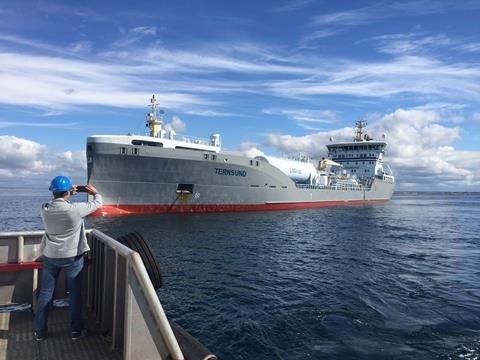The port of Gothenburg in Sweden has launched the Digital Port Call platform – digitalising the vessel arrival process at the port.

From the departure of a vessel from its previous port until it arrives at the port of Gothenburg, large amounts of information need to be communicated between up to 120 different actors who need to be synchronised, including shipping companies, terminals, tugboats, pilots, boatmen, and traffic planners, explained Fredrik Rauer, manager port control at the Gothenburg Port Authority.
“With our Digital Port Call platform, all necessary information can be collected and processed into a common situational awareness that provides data-driven decision support throughout the call process. This provides better predictability and opportunities for more efficient resource planning, while any disruptions can be detected and addressed early.”
The platform also enables just-in-time arrivals for vessels. By receiving a ‘digital queue ticket’ in advance of arrival, vessels avoid rushing into the port area for a favourable slot time. Instead, it can adjust to an eco-friendlier and cost effective speed during the sailing from the previous port so that upon arrival in the Gothenburg port area, it can proceed directly to a pre-assigned quay.
The port collaborated with Inter Terminals – terminal company at the port of Gothenburg Energy Port – for the platform. Thomas Andersson, manager logistics services at Inter Terminals, said: “Digital Port Call enhances the flow of information between actors in the Energy Port and provides opportunities for our customers to reduce their fuel consumption, so it has been natural for us to be involved from the beginning.”
When calculating the total reduction in anchorage and berth time, the port of Gothenburg expects a decrease of 6,000 tonnes of CO2 emissions in the port area per year thanks to the conditions created by Digital Port Call. Gabriella Ståhle, production planner in the Energy Port in Gothenburg, who has been involved in developing the platform, added: “And these numbers don’t even include the reduction that will occur outside the port area due to slow steaming from the previous port.”
















